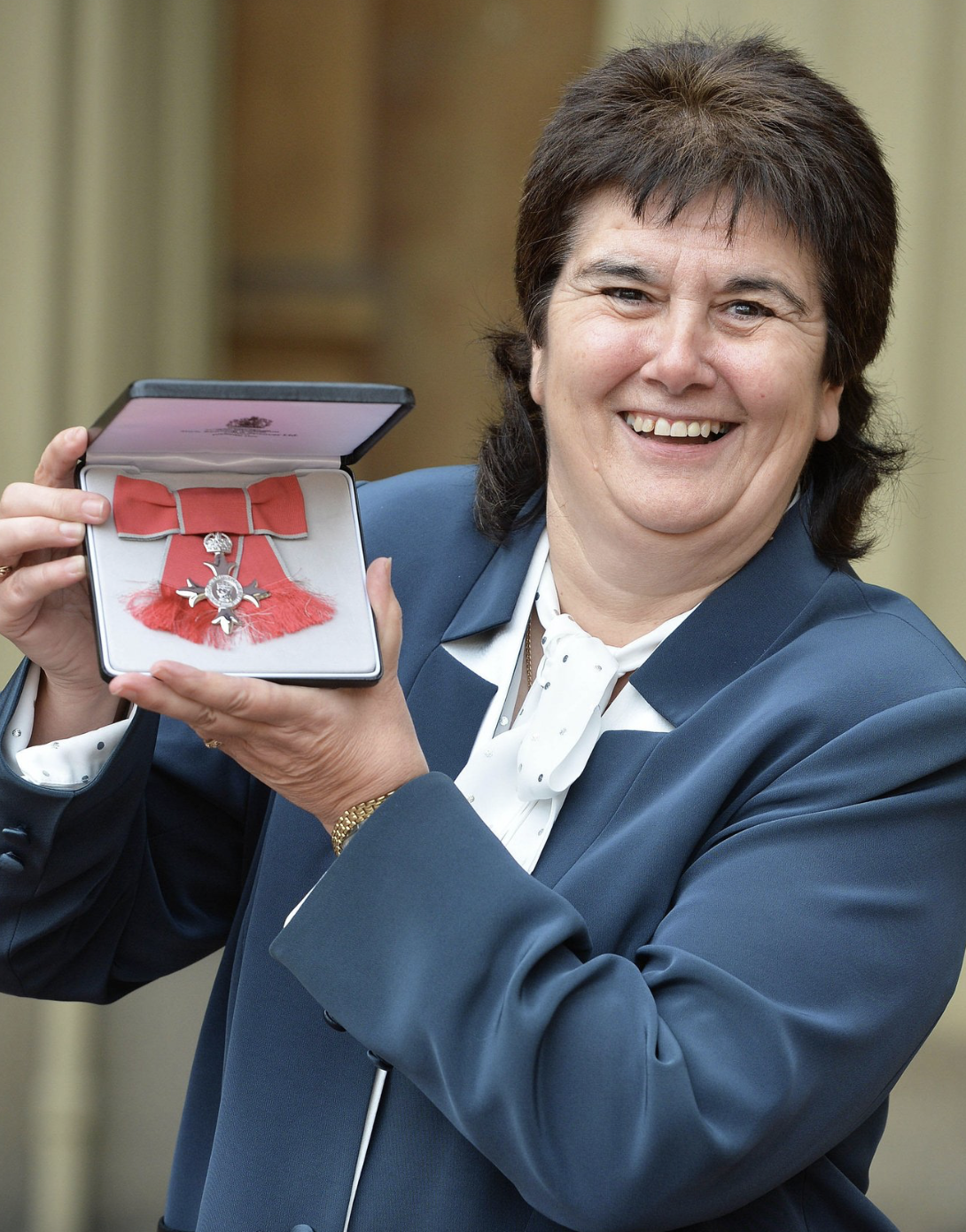With the points gap between the top four sides in the Women’s Super League and the rest of the table growing ever bigger, fans are beginning to question whether this is the right moment to expand England’s top-tier women’s football league. For the second straight season, the team newly promoted to the top division has been relegated by season’s end, making the bottom-of-the-table finish feel almost predetermined before a ball is even kicked.
In the 23/24 season, Bristol City were promoted after winning the championship and during their time in the WSL, they suffered 18 defeats and only one victory, ultimately proving that the squad just wasn’t ready to compete against the best teams in the country. A similar pattern continued this season with Crystal Palace getting the promotion spot for the 24/25 season and being left at the bottom of the league when it concluded in May.
It has become clear that investment has heavily impacted team performance in the WSL, proven by Chelsea’s stand-out, undefeated performance in the league this season, leading them to their sixth consecutive title. This year, the club shattered the record for the most expensive transfer in women’s football history, signing Naomi Girma for $1.1 million.
The bottom half of the WSL has suffered from the lack of investment into the women’s teams and the margin between the top and the bottom of the table is larger than ever. Expanding the WSL would introduce greater competition at the lower end of the table, offering struggling teams more evenly matched opponents, crucial for their growth and development in a competitive environment. While the outcome of a fixture between a club like Chelsea and Crystal Palace may seem predictable, matches between teams such as Crystal Palace and London City Lionesses, based on recent results at the top end of the Championship (now WSL 2), are far less certain. These closer matchups would challenge both teams to compete more intensely and seek out the fine margins that often decide tightly contested games.
Arguably, the most exciting women’s professional league in England is the second tier, the Championship (WSL 2), with the champions being decided on a fixture between first and second place on the final day of the league. Given how evenly matched Birmingham City and London City Lionesses were throughout the season, both could have been promoted to the WSL, rather than just one, while also retaining Crystal Palace in the league. This approach would have expanded the league to 14 teams, fostering greater competition and opportunity across the board.
Expanding the number of teams in the WSL does come with potential drawbacks. It would add four additional matches to each team’s season, which raises valid concerns – especially given the already packed playing schedule in women’s football and the growing links between fixture congestion and player injuries. Managing player welfare would need to be a key consideration in any expansion plans. However, this could be avoided if players’ minutes were managed both domestically and internationally so that they aren’t overloaded with game time with little opportunity to recover.
Expanding the top flight of women’s football in England within the next few years presents a strategic opportunity to address the growing divide between elite clubs and those in the lower leagues before it becomes insurmountable. Allowing more Championship (WSL 2) teams to compete at a higher level would aid player development and provide valuable experience against the nation’s top clubs. Additionally, increased representation would enhance visibility across the league, potentially attracting more fans and contributing to the continued growth of women’s football in England.



